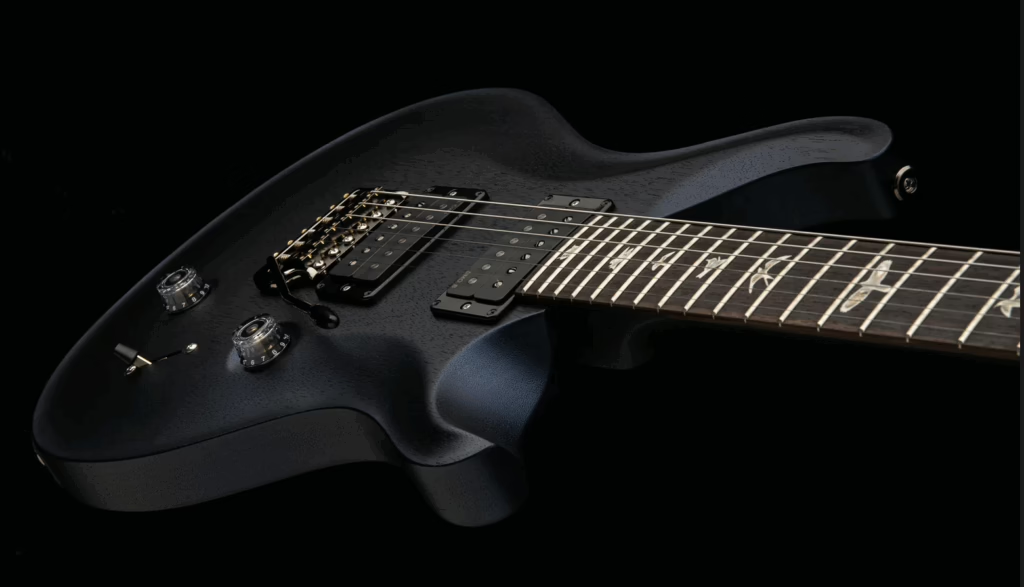Advertisement
Photo Credit: Zaar Guitars
____________________________________________________________________________________
Barre chords are a rite of passage for guitar players—a gateway to unlocking the full potential of the fretboard. But for many, they come with an unwanted companion: hand fatigue. If your fingers cramp, your wrist aches, or you find yourself avoiding certain songs, you’re not alone. The good news? Barre chords don’t have to hurt. With smart technique, small adjustments, and a steady approach, you can build the strength and precision needed to play them with clarity—and without strain. This brief guide will walk you through practical, player-tested tips to help you master barre chords the right way, so you can play longer, cleaner, and with confidence.
1. Use Leverage, Not Force
Many players try to squeeze the neck like a clamp. Instead, think of your index finger as a lever. Your thumb should press gently from behind the neck—roughly opposite your index finger—and your arm should help apply pressure, not just your hand. Keep your wrist relaxed and your fingers arched. Tension is the enemy.
Moving your thumb slightly lower or higher on the neck can dramatically affect how much pressure is required. Find a position that gives you the most control with the least strain. Generally, having your thumb behind the middle of the neck provides the best support for barre chords.
The inner edge of your index finger (closer to the thumb) is usually bonier and more effective for pressing all the strings. Slightly rolling your finger toward the thumb side can help you achieve a cleaner barre with less effort.
Like any physical skill, building strength takes time. Practice holding partial barres first (like in a Bm7 chord), then progress to full six-string barres. Aim to build endurance, not just power.
High string action can make barre chords feel like pushing piano keys through concrete. Have your guitar professionally set up if you're struggling—lowering the action or adjusting the truss rod can make a world of difference.
Don’t fatigue your hand by practicing barres non-stop. Mix them with open chords and give your muscles short breaks between exercises. This helps build stamina without overexertion.
Shake out your hand regularly. Stretch. Breathe. Barre chords are about precision, not brute force. The more relaxed your hand, the better you'll play—and the longer you’ll be able to play without discomfort.
Barre chords may be challenging, but they’re also empowering. With steady practice and mindful technique, they unlock a universe of chords and songs that will make your guitar truly sing.
Avoiding hand fatigue is essential for every guitarist aiming to play barre chords smoothly and sustainably. By prioritizing proper technique, relaxed hand positioning, and gradual strength building, you protect your hands from injury and ensure longer, more enjoyable playing sessions. Remember, mastering barre chords is a journey—playing smart and pain-free will keep you on the path to musical growth without setbacks.
